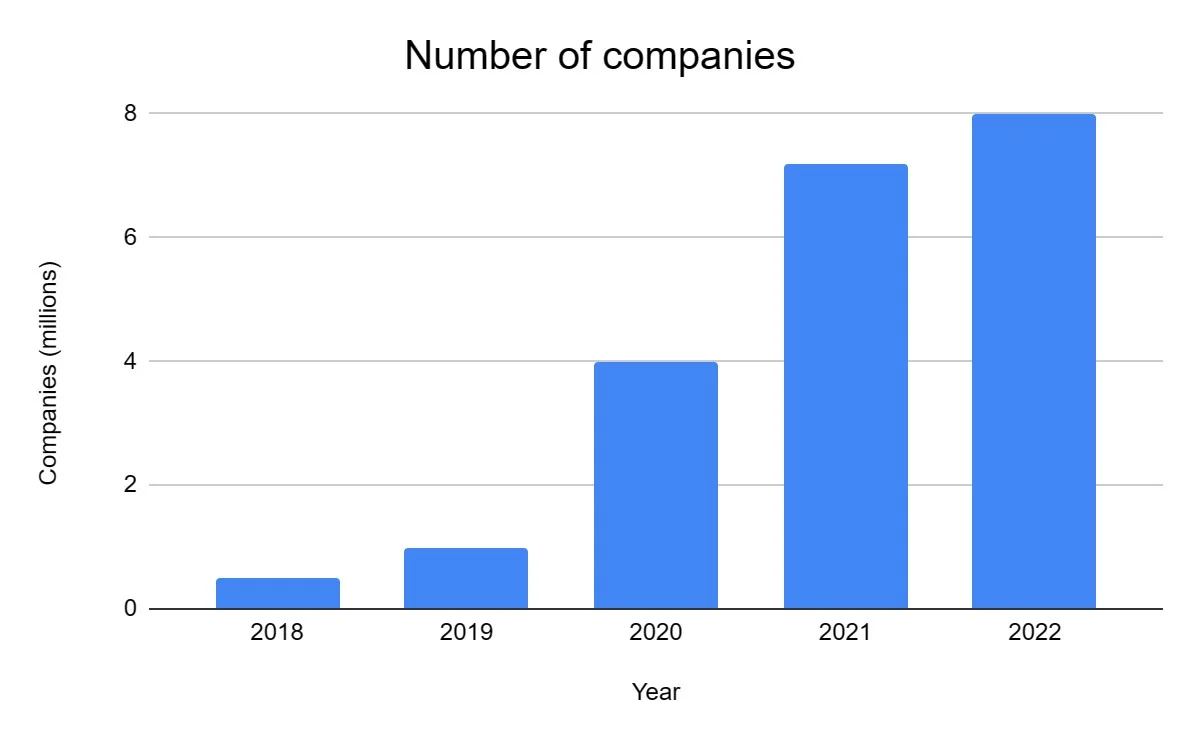Definition of Convergence Metric
Agosto 23, 2022Is not metrizable since it is not first-countable, but the quotient metric is a well-defined metric on the same set which induces a coarser topology. Moreover, different metrics on the original topological space lead to different topologies on the quotient. There are several equivalent definitions of weak convergence of a sequence of measures, some of which are more general than others. The equivalence of these conditions is sometimes known as the Portmanteau theorem. Let \(\) be a metric space, \(E \subset X\) a closed set and \(\\) a sequence in \(E\) that converges to some \(x \in X\).

But at no point does the original sequence converge pointwise to zero. Hence, unlike convergence in measure and L p convergence, pointwise convergence almost everywhere is not the convergence of any topology on the space of functions. Is compact, then every continuous map is uniformly continuous.
Almost everywhere convergence
Occasionally, a quasimetric is defined as a function that satisfies all axioms for a metric with the possible exception of symmetry. The name of this generalisation is not entirely standardized. The tight span of a metric space is another metric space which can be thought of as an abstract version of the convex hull. Graph https://www.globalcloudteam.com/ edit distance is a measure of dissimilarity between two graphs, defined as the minimal number of graph edit operations required to transform one graph into another. They are called uniformic if there is a uniform isomorphism between them (i.e., a uniformly continuous bijection with a uniformly continuous inverse).

In geometric group theory this construction is applied to the Cayley graph of a finitely-generated group, yielding the word metric. Up to a bilipschitz homeomorphism, the word metric depends only on the group and not on the chosen finite generating set. So then this means that the distance between them gets arbitrarily small and so a converges ? Is this because we have a certain distance function which means that a converges when we use it ? To formalize this requires a careful specification of the set of functions under consideration and how uniform the convergence should be.
Speak with the team in the same language
Most notably, in functional analysis pseudometrics often come from seminorms on vector spaces, and so it is natural to call them “semimetrics”. Note that the proof is almost identical to the proof of the same fact for sequences of real numbers. In fact many results we know for sequences of real numbers can be proved in the more general settings of metric spaces. We must replace \(\left\lvert \right\rvert\) with \(d\) in the proofs and apply the triangle inequality correctly. The distance is measured by a function called a metric or distance function. Metric spaces are the most general setting for studying many of the concepts of mathematical analysis and geometry.
From the two definitions above, it is clear that the total variation distance between probability measures is always between 0 and 2. Here the supremum is taken over f ranging over the set of all measurable functions from X to [−1, 1]. In the case where X is a Polish space, the total variation metric coincides with the Radon metric.
Generalizations of metric spaces
Is in V. In this situation, uniform limit of continuous functions remains continuous. If μ is σ-finite and converges to f in measure, there is a subsequence converging to f almost everywhere. The assumption of σ-finiteness is not necessary in the case of global convergence in measure.
- Is not metrizable since it is not first-countable, but the quotient metric is a well-defined metric on the same set which induces a coarser topology.
- For example, convergence of the total number of tests executed to the total number of tests planned for execution.
- Sets may be both open and closed as well as neither open nor closed.
- It is not true that every convergent sequence is a Cauchy sequence by definition.
- But at no point does the original sequence converge pointwise to zero.
If one drops “extended”, one can only take finite products and coproducts. Approach spaces are spaces in which point-to-set distances are defined, instead of point-to-point distances. They have particularly good properties from the point of view of category theory. There are several notions of spaces https://www.globalcloudteam.com/glossary/convergence-metric/ which have less structure than a metric space, but more than a topological space. Like many fundamental mathematical concepts, the metric on a metric space can be interpreted in many different ways. The notion of distance encoded by the metric space axioms has relatively few requirements.
Metrics on multisets
In the context of intervals in the real line, or more generally regions in Euclidean space, bounded sets are sometimes referred to as “finite intervals” or “finite regions”. However, they do not typically have a finite number of elements, and while they all have finite volume, so do many unbounded sets. A topological space is sequential if and only if it is a quotient of a metric space.

In other work, a function satisfying these axioms is called a partial metric or a dislocated metric. While the exact value of the Gromov–Hausdorff distance is rarely useful to know, the resulting topology has found many applications. To be the length of the shortest edge path connecting them. This is also called shortest-path distance or geodesic distance.
Convergence in measure
Hausdorff and Gromov–Hausdorff distance define metrics on the set of compact subsets of a metric space and the set of compact metric spaces, respectively. Many properties of metric spaces and functions between them are generalizations of concepts in real analysis and coincide with those concepts when applied to the real line. If the sequence of pushforward measures ∗ converges weakly to X∗ in the sense of weak convergence of measures on X, as defined above.

A convergent sequence in a metric space has a unique limit. Sets equipped with an extended pseudoquasimetric were studied by William Lawvere as “generalized metric spaces”. One can take arbitrary products and coproducts and form quotient objects within the given category.
Code, Data and Media Associated with this Article
Since they are very general, metric spaces are a tool used in many different branches of mathematics. Many types of mathematical objects have a natural notion of distance and therefore admit the structure of a metric space, including Riemannian manifolds, normed vector spaces, and graphs. In abstract algebra, the p-adic numbers arise as elements of the completion of a metric structure on the rational numbers.





